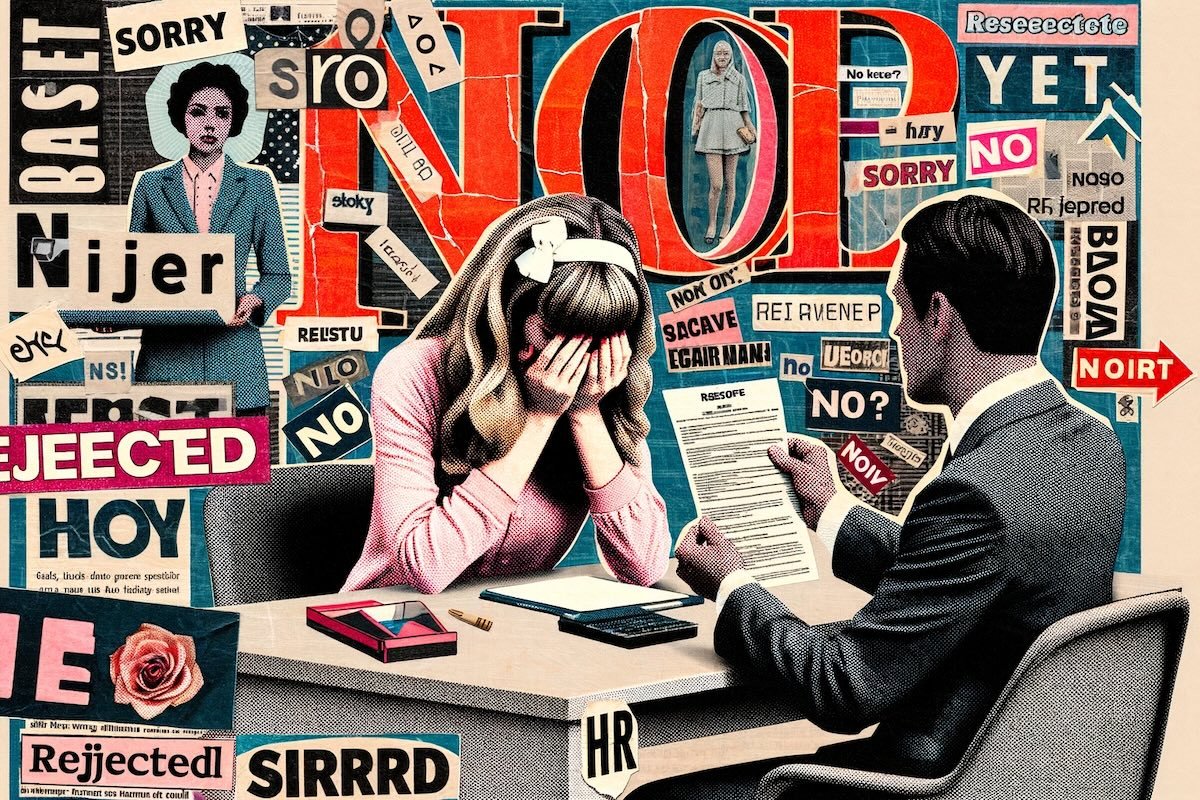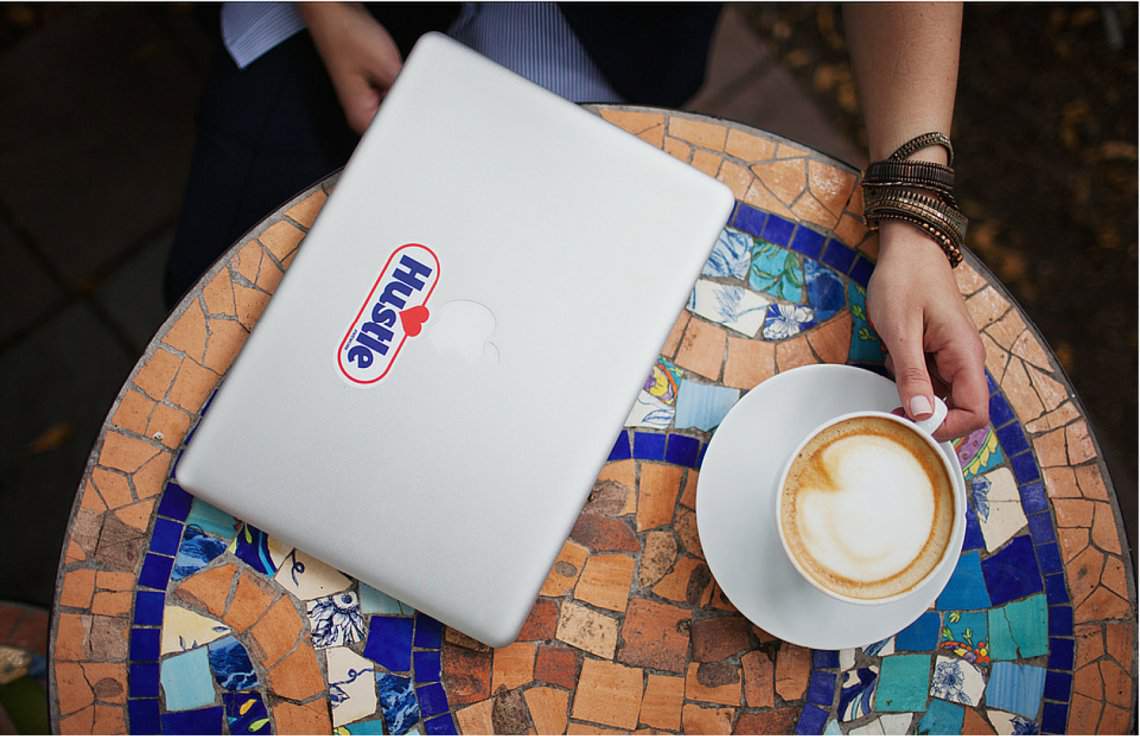You're on the hunt for a new job, and you've finally found a job posting that excites you.
You've perfected your resume, and you've
customized your cover letter. You're ready to hit apply, but then you realize you've forgotten a component they've requested—a writing sample.
If you're looking for a writing job or a publishing position, this request doesn't come as a surprise. However, if you're applying for an entry-level job, you might panic.
Here's the thing: all types of positions require some written communication and it's important to show that you can communicate effectively, creatively, and clearly.
Table of Contents
Ideally, you'd already have an applicable writing sample you could use, like a recently published article, but that's often not the case. Sometimes you need to start from scratch. Cue the anxiety.
But there is no need to fret. In fact, sometimes an employer's goal in asking for a writing sample is to learn what your voice sounds like or how creative you can be.
What Is a Writing Sample?
A writing sample is a supplemental job application document demonstrating your competence. From articles to emails to social campaigns, writing samples are actual examples of your work or emulations of the work you would do if hired. Similar to your resume and cover letter, it helps a company identify qualified candidates.
Writing samples are often requested when applying for writing-intensive jobs or jobs where writing is a critical component of your responsibilities, like communications, marketing, public relations, journalism, or research.
The bottom line is that an employer requests a writing sample to see if you can do the job. It weeds out unqualified candidates and can shine a spotlight on top performers.
In addition to identifying great writers with
attention to detail, writing samples show which candidates can match the company's brand voice, who have an understanding of their product and industry, and who can follow directions.
When a potential employer requests a writing sample as a part of the job application, use it to show them what you can do. It's an opportunity to
showcase the skills and abilities you outlined in your cover letter and resume. Use it as a chance to demonstrate you can walk the walk and not just talk the talk.
How to Create the Perfect Writing Sample
Don't let a request for a writing sample deter you from applying for a position. Yes, it's more work. Yes, it can seem daunting. But if you want to show a potential employer you're serious, you need to do it.
Whether the job posting requests a specific type of writing sample or the world is your oyster, here are step-by-step instructions for writing the perfect writing sample, including writing prompts to get the creativity flowing.
Step 1: Read the Job Posting
This step may seem obvious since you have already read the job posting to determine that you need a writing sample. But did you really read it?
Is the company looking for a specific type of writing sample? Do they want more than one? What skills do they want this person to demonstrate in the position?
Take the time to study the job posting and get a sense of what type of work would catch their attention.
Step 2: Research the Company
You may already have a
good sense of the company you're applying for based on their online presence and use of their products or services. Whether you've known about a company for years or the first time you heard about them was when you laid eyes on the job posting, you need to do your research.
Visit their website and social media pages. Take note of the following items which will be key to your writing sample.
- Brand: What impression do they make? What makes their company stand out? This is the first step to understanding what makes the company who they are.
- Purpose: What goals are they trying to achieve? What problems are they solving? Keep their purpose at the forefront when you’re writing.
- Target Audience: Who are they trying to reach with their content? What is their demographic? For example, you're going to speak a lot differently to teenagers than you would senior citizens.
- Voice: How do they speak to their audience? What is their tone? How do they come across? They might be fun and light or formal and informative. Read the about section on their website, their blog, and their social media captions to understand the company's voice so you can match it in your writing sample.
- Writing Style: What type of content do they share? Is it long blog posts or listicles? Pay attention to things like word count, sentence structure, and syntax.
Perform enough research on the company until you feel you have a good understanding of them. Then, write your sample as if you're an employee at the company.
Step 3: Brainstorm Ideas
Brainstorm ideas and write them all down. Try not to pare down your thoughts just yet. There are no wrong answers or bad ideas in a brainstorming session.
Think about where the company can improve and where you can add value with your expertise. What content do you believe would benefit the company? Come up with as many ideas as you can.
After reading their website and scrolling through their social media channels, you'll have a grasp of their brand and voice, so align your ideas with their style and tone. If you're struggling with ideas, check out the list of writing prompts below to get you started.
Of course, if there are directions for a writing sample in the job posting, be sure to follow them. If they're taking the time to outline what they want you to submit, the hiring manager wants to see if you can follow directions. In this case, you'll need to
bring your creativity to the writing sample through your words instead of the style of the piece.
Step 4: Choose Your Best Idea
You have a list of writing sample examples; now it's time to choose one (or two or three if the application calls for it). From your list of ideas, ask yourself a few questions when making your decision.
- Which writing sample excites you the most?
- Which do you think the employer will find the most valuable?
- What writing sample will highlight your skills the best?
- What idea is best aligned with the company's brand, purpose, target audience, and voice?
- What idea best fits the criteria in the job posting?
Remember, there are no wrong answers. A writing sample's goal is to showcase your abilities, and you can do that in whatever piece you select. So don't stress about it too much.
Go with your gut.
Step 5: Write
It's time to put pen to paper. To get the ball rolling, start with an outline. An outline will ensure you
hit on all the job posting requirements and help you move your writing forward if you get stuck. Once your writing sample is outlined, begin writing.
Start with a rough draft (and it can be a very rough draft). Similar to brainstorming, you want to get all your thoughts down because you'll edit them later. It's okay if your first draft is messy. Use it as a jumping-off point.
Step 6: Edit, Edit, Edit
This is arguably the most important step in the process. Catch those typos!
Crafting a writing sample with an excellent idea that's submitted with grammatical errors or doesn't meet the employer's requirements is a waste of your time and the reader's.
Your writing sample will have multiple iterations. Edit your piece for content, then put it down for a few hours or a day and come back to it. Then edit it again to polish the piece. Focus on checking your spelling and ensuring correct grammar, punctuation, and syntax.
Quality of Content > Length
Put it down again and then come back to it to make sure it meets the requirements outlined by the company and it aligns with their brand and voice. Remember that longer doesn't always equate to better.
At a minimum, you should edit your piece and come back to it at least three times. It may sound time-consuming, but it ensures fresh eyes, which will help you do your best work.
You want to get your writing sample just right because if it came down to selecting you and another candidate with similar qualifications for an interview, your writing sample is what will set you apart. Continue your editing process as long as you need to until you have a final product you’re proud of and you’re confident in submitting.
28 Writing Prompt Ideas to Get Started
Beginning with a blank slate can be challenging.
Using a writing prompt to get you started can help get the ball rolling and focus your writing. The writing prompt you choose will depend on the job application requirements and the role's responsibilities. Use your best judgment when selecting a prompt.
Here are 28 writing prompts for various types of communications for when your writer's block is getting the best of you.
Company-Wide Communications & Emails Writing Samples
- Write a message for a holiday, like Independence Day, Thanksgiving, or New Year's Day.
- Share an update on a recent happening at your company. This could be an update on DEI efforts, an acquisition, upcoming events, or strategic initiatives.
- Craft a message to celebrate employee accomplishments and highlights. Think promotions, work anniversaries, and career milestones.
Internal News Article Writing Samples
- Create a news roundup of recent events.
- Highlight a department or position and why it plays a critical role in the organization.
- Share the ways your employees are giving back to the community.
Press Release Writing Samples
- Announce a new product or service.
- Share details about a recent hire or acquisition.
- Create a message around an accomplishment or award your company has received.
White Paper Writing Samples
- Write about how your product or service is revolutionizing your industry.
- Describe in technical detail the importance of a product or service.
- Share industry trends or analytics.
External Blog Posts Writing Samples
- Explain why employees love working for your company.
- Share the history of your company.
- Write about what your company does in layman's terms to simplify difficult content and educate a new audience.
Social Media Writing Samples
- Craft a social media campaign around the launch of a new product or service.
- Demonstrate how you would share one piece of information across all the company's social media platforms.
- Show how you can use your voice to create various styles of social media captions.
Creative Writing Samples
- Share an experience that influenced your career.
- Write about your career journey and how you got to where you are today.
- Talk about what you wanted to be when you grew up.
- Discuss the moment you knew you wanted to work in your current field.
Just for Fun Writing Samples
- Write a story about a robot falling in love.
- Describe what would flash across your mind during your last moments on earth.
- Explain why you’re so excited.
- Recall where you were on this day five years ago and explain the events of your day.
- Pretend you're an intern at a start-up and write about a day in the life.
- Imagine how your pet feels when you return home.












